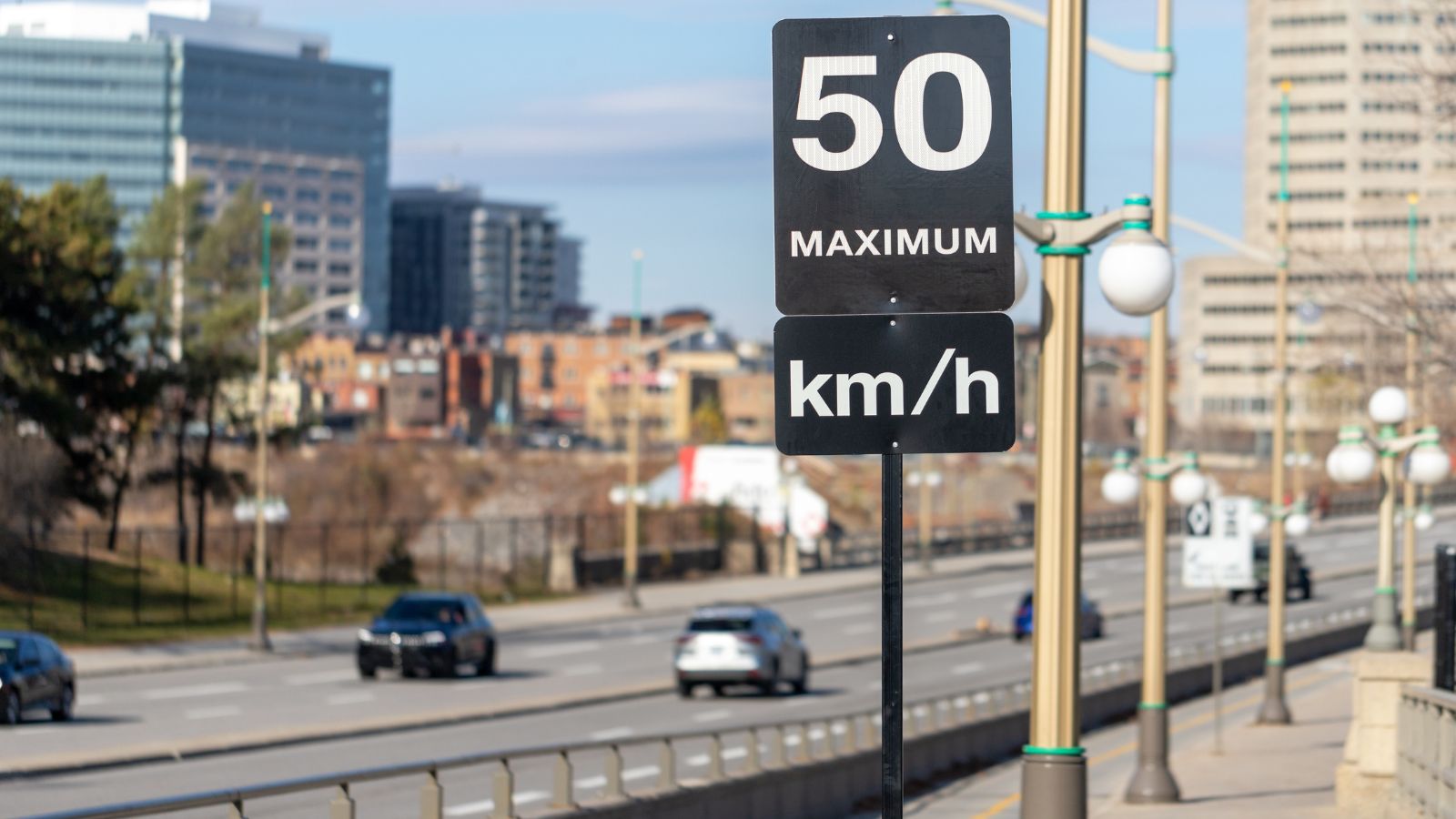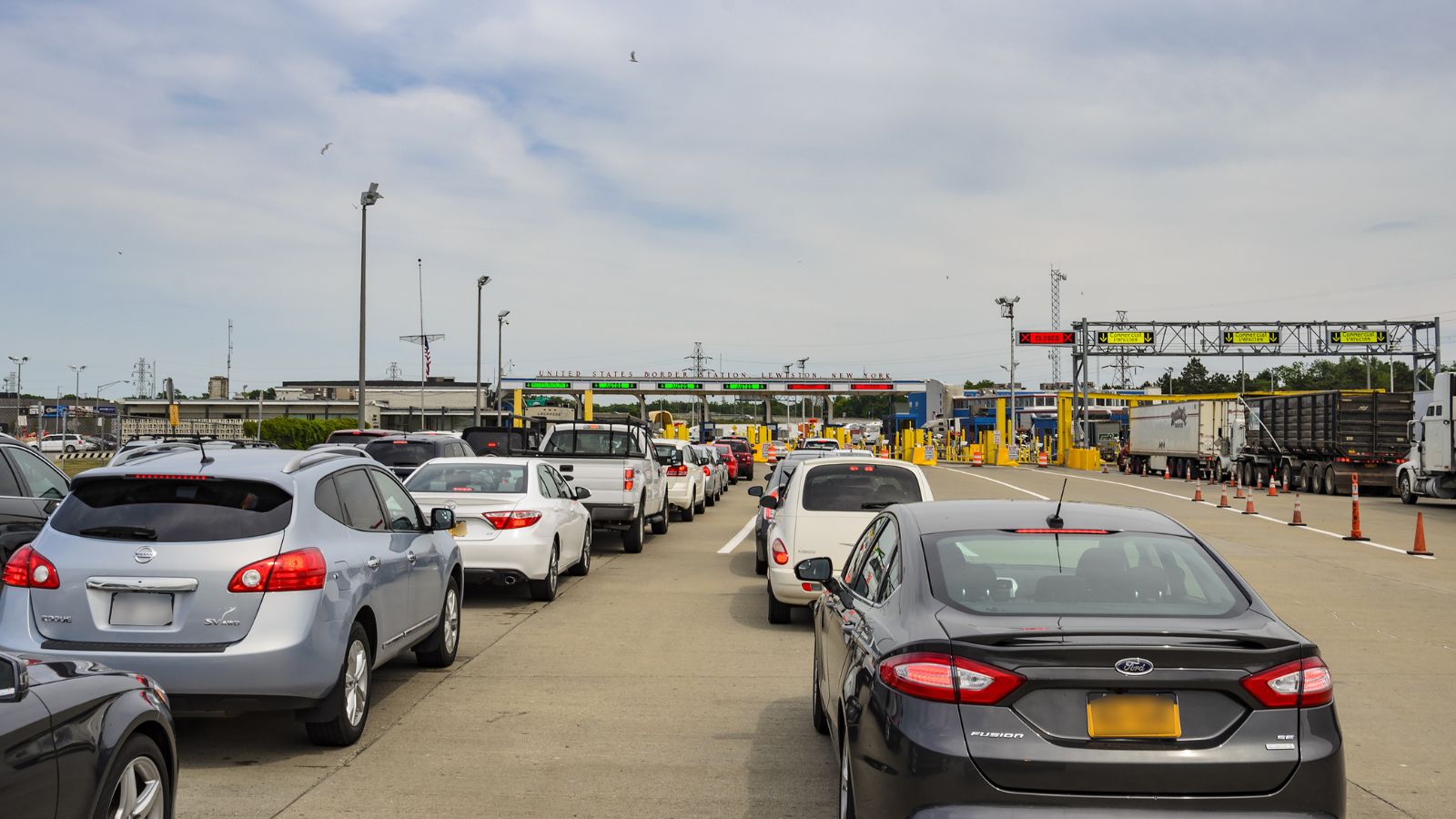Traffic deaths are trending in two different directions on either side of the border. While Canada’s numbers are improving, the U.S. is seeing a worrying rise in fatalities. A new report from the Insurance Institute for Highway Safety (IIHS) highlights the differences and outlines how America can catch up. Here’s what’s going on and what’s being done about it.
U.S. Roads Are Becoming More Dangerous

Over the past few years, road deaths in the United States have jumped significantly. The numbers started climbing during the pandemic and haven’t settled since. Experts point to riskier driving habits like speeding, distracted driving, and lower seatbelt use. More drivers are also under the influence, especially with changing drug laws. Rural areas are hit hardest, with limited access to emergency care and longer response times adding to the toll. Despite modern car safety features, America’s roads are becoming less forgiving.
Canada’s Safer Roads Aren’t an Accident

Canada, on the other hand, has seen a decline in crash fatalities. It’s not just luck. Strict enforcement of speed limits, strong impaired driving laws, and public safety campaigns all play a part. Provinces like British Columbia and Ontario have ramped up camera enforcement and reduced speed limits in high-risk zones. Canada also invests more in road infrastructure per capita, with better lighting, signage, and pedestrian protection in urban centers. Public transit improvements help keep more cars off the road altogether, reducing exposure to risk.
The Role of Policy and Enforcement

Government policies and how they’re enforced matter a lot. In the U.S., traffic laws vary wildly by state. Some places still don’t require helmets for motorcyclists or allow texting while driving. Meanwhile, Canada enforces traffic laws more consistently across the board. Insurance penalties are also stricter up north. Drivers in Canada are more likely to face real consequences for bad behavior, from license suspensions to steep fines. This consistent pressure to follow the rules helps build a safer driving culture over time.
Vehicle Standards Aren’t the Same

You might assume that cars in both countries are built the same, but they’re not. Canada often adopts tougher safety regulations faster than the U.S. For example, automatic emergency braking and blind spot warnings became more common sooner in Canadian vehicles. Also, Canadians buy fewer oversized trucks and SUVs, which are more likely to cause severe injuries in crashes. In the U.S., larger vehicles are more popular and often driven in cities not designed for them, adding to the risk for pedestrians and cyclists.
IIHS Pushes for Change in the U.S.

In response to the alarming rise in American road deaths, the IIHS is calling for sweeping reforms. Their new initiative urges states to tighten traffic enforcement, raise safety standards for new vehicles, and invest in better infrastructure. The group is also pushing for public awareness campaigns that focus on seatbelt use, drunk driving, and the dangers of distracted driving. By studying Canada’s approach, the IIHS hopes to influence meaningful change that could save thousands of lives every year.
21 Products Canadians Should Stockpile Before Tariffs Hit

If trade tensions escalate between Canada and the U.S., everyday essentials can suddenly disappear or skyrocket in price. Products like pantry basics and tech must-haves that depend on are deeply tied to cross-border supply chains and are likely to face various kinds of disruptions
21 Products Canadians Should Stockpile Before Tariffs Hit
